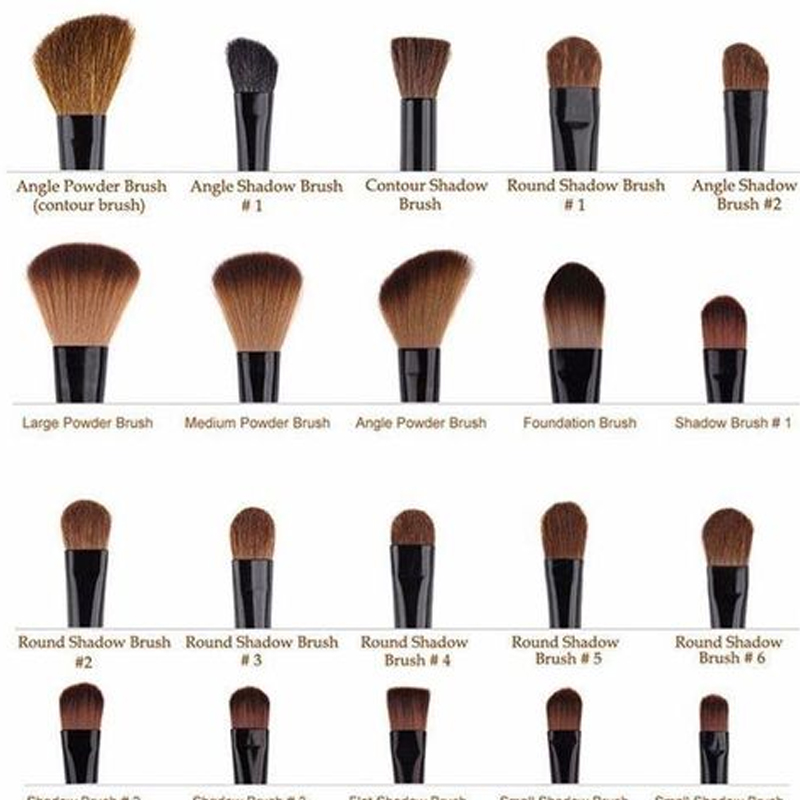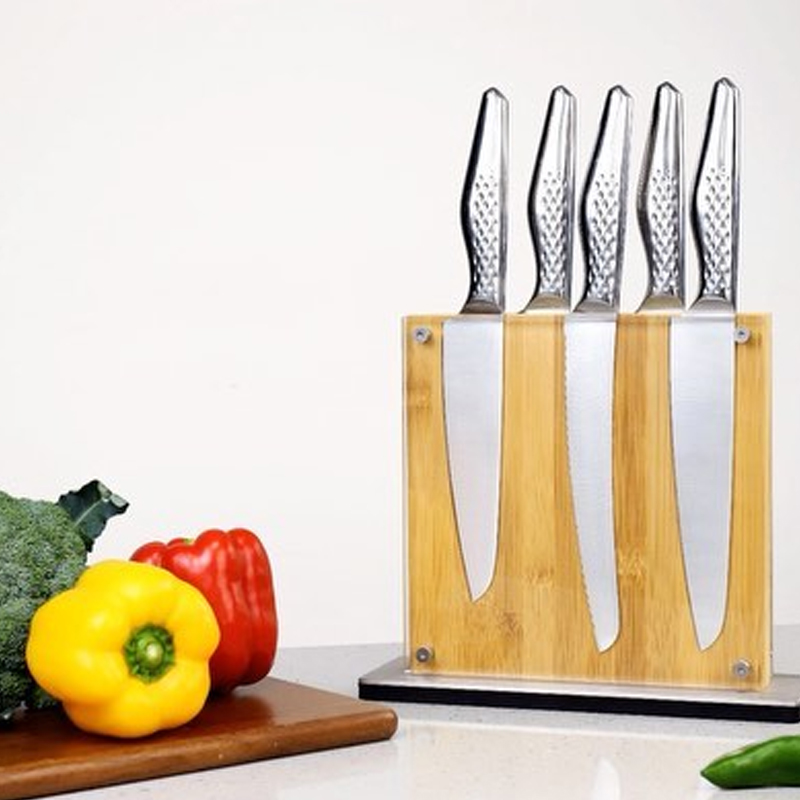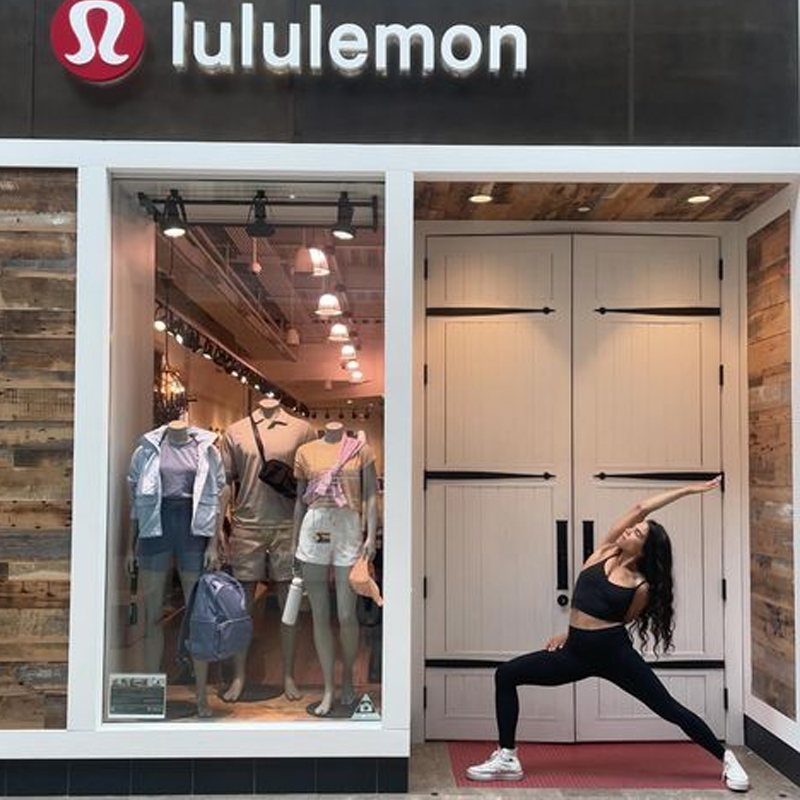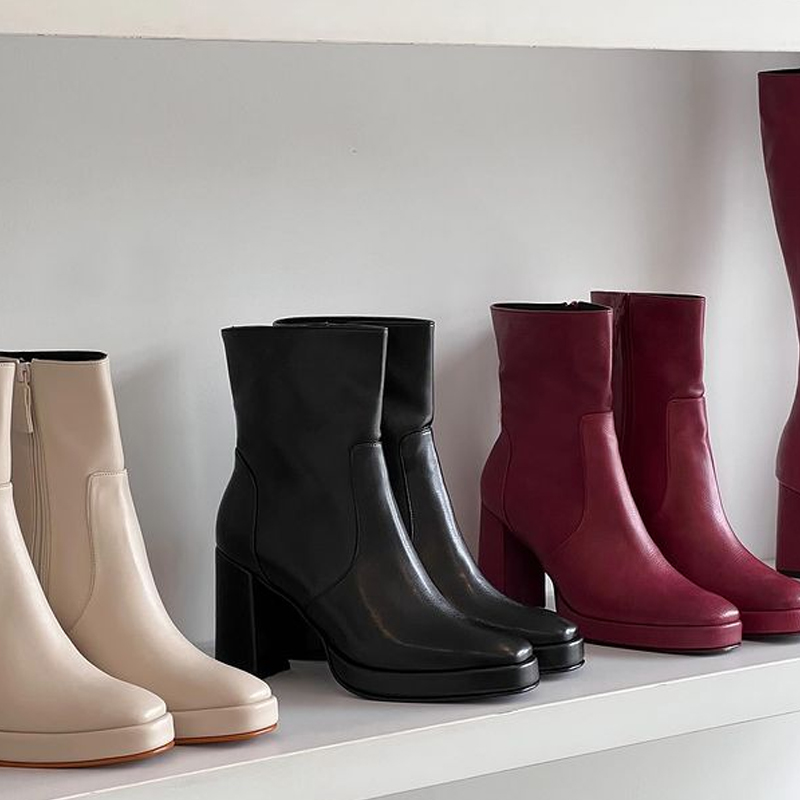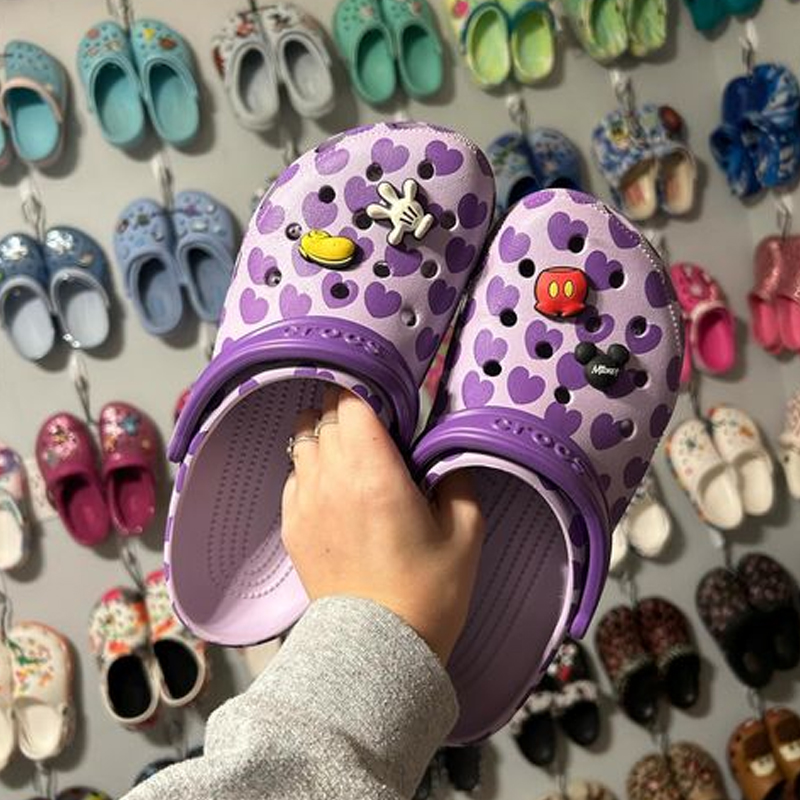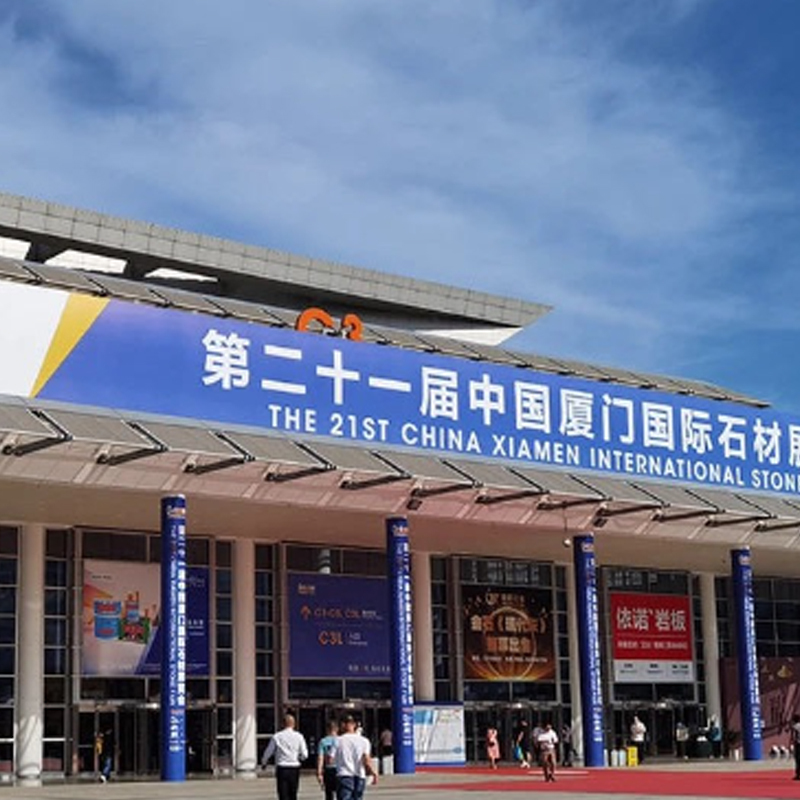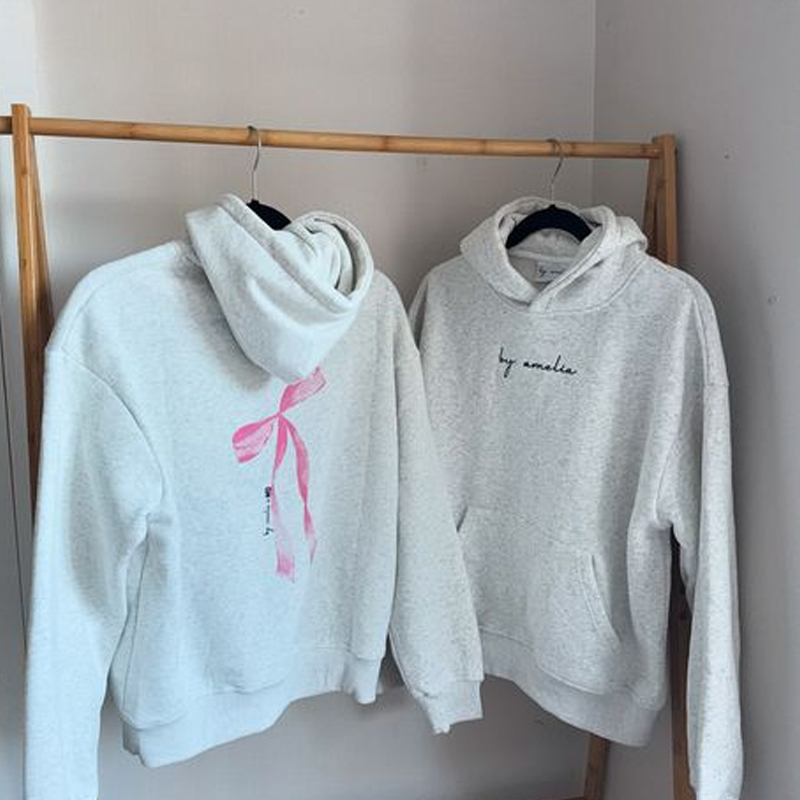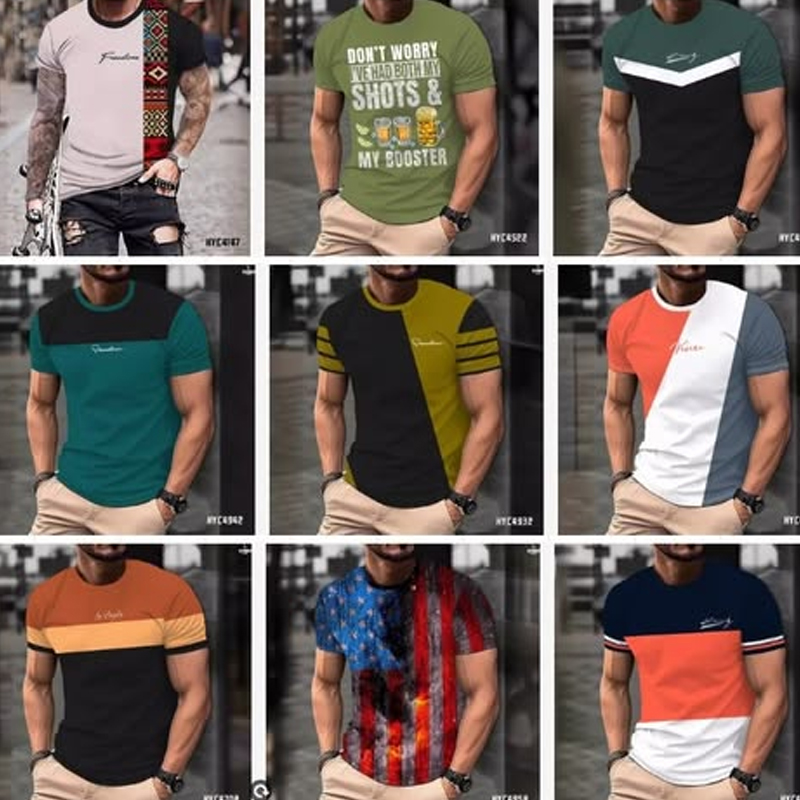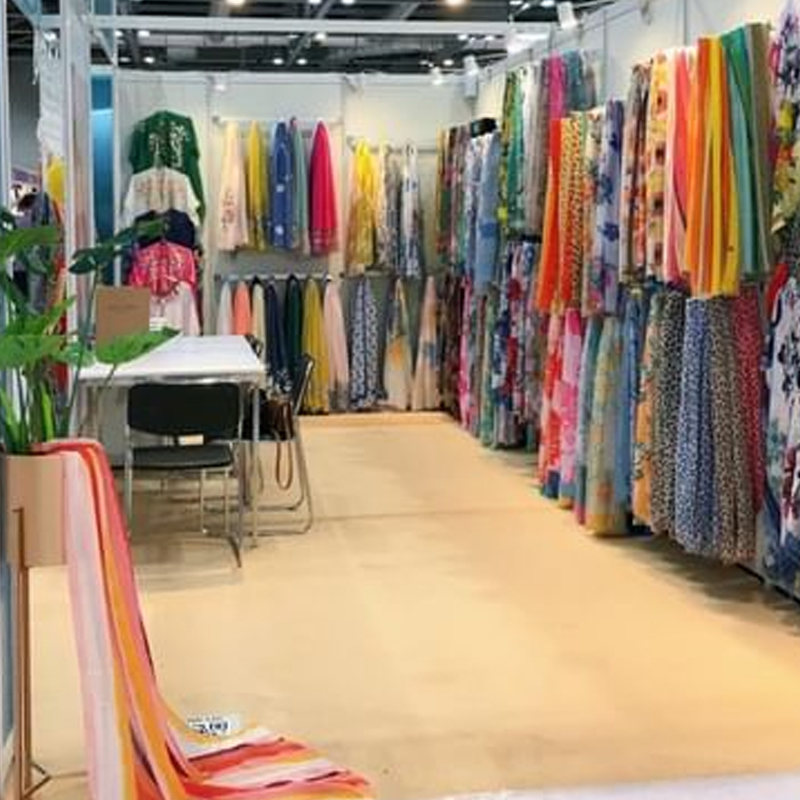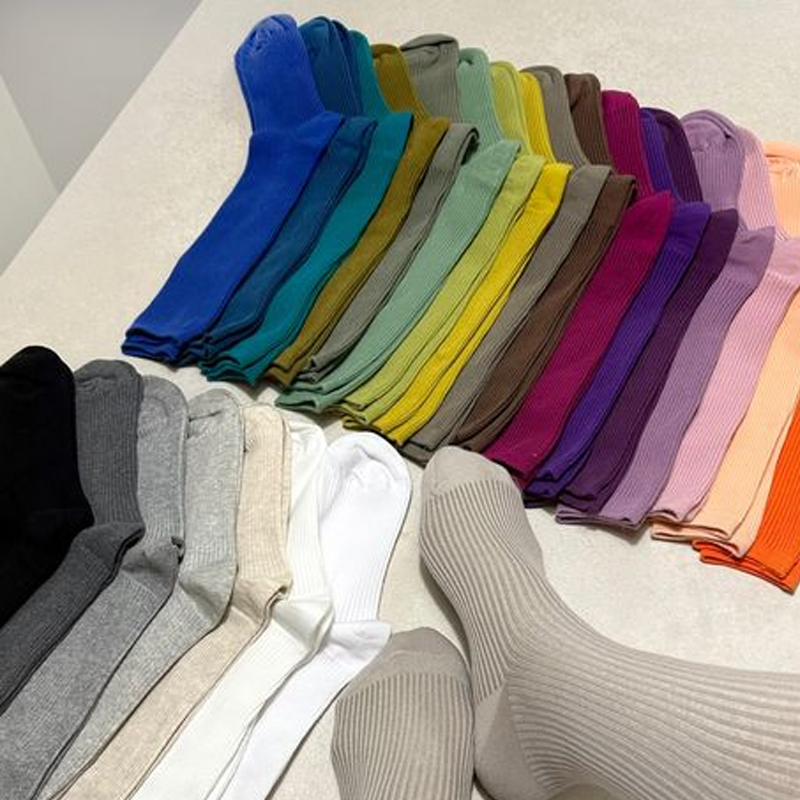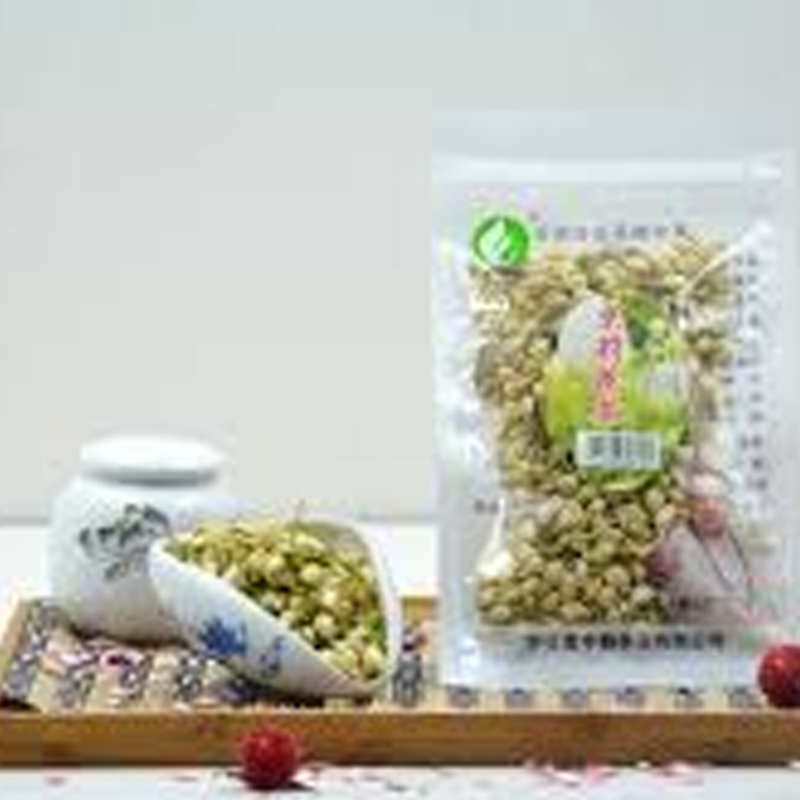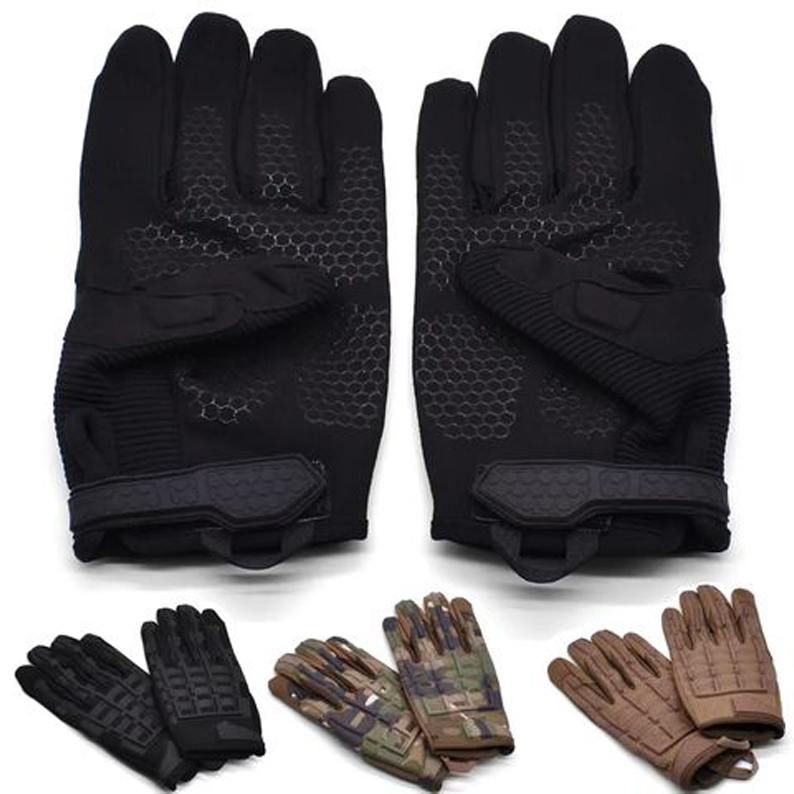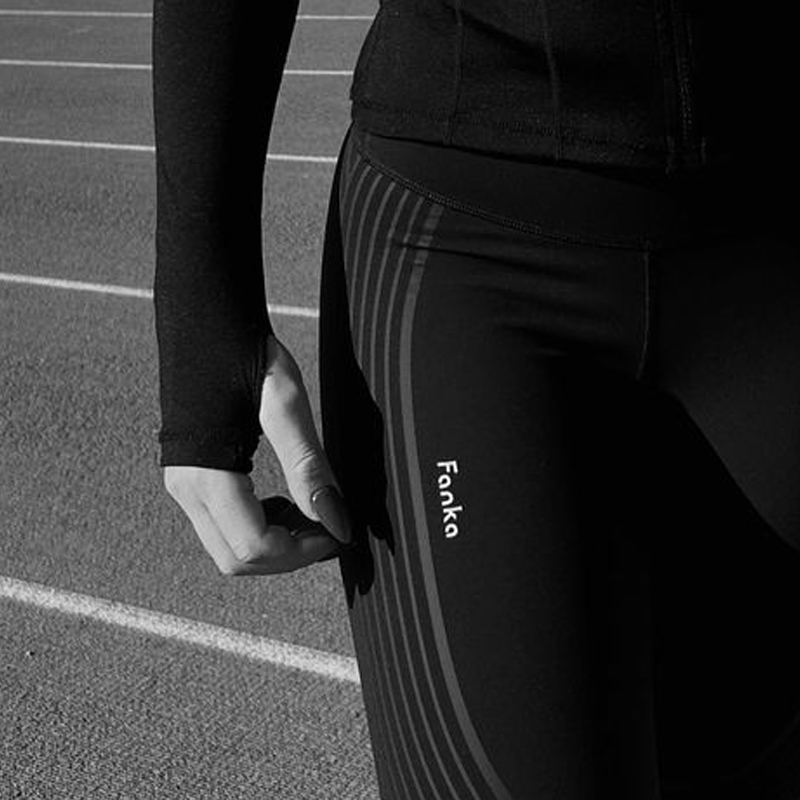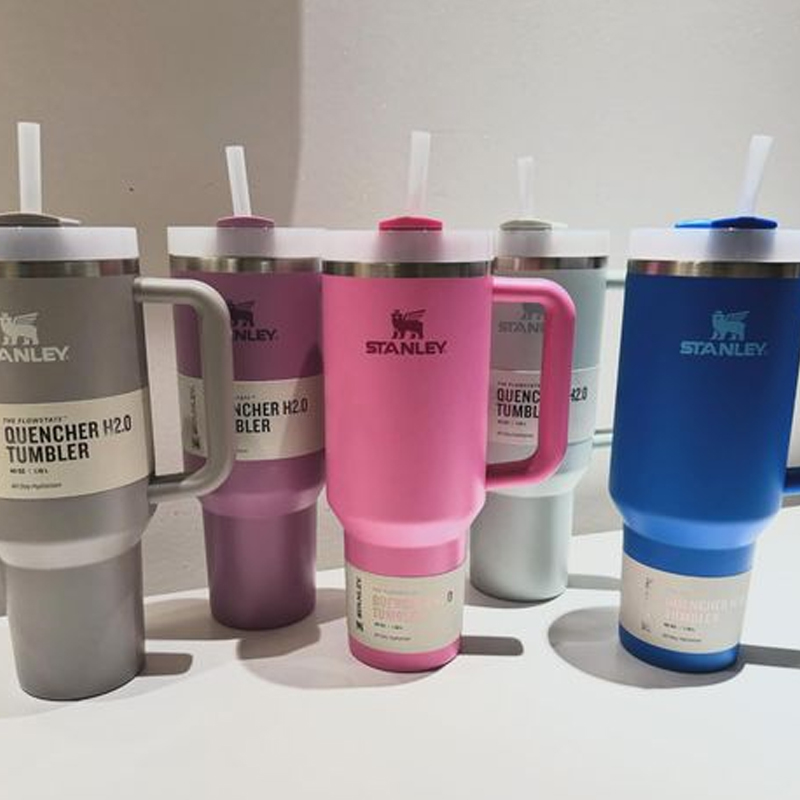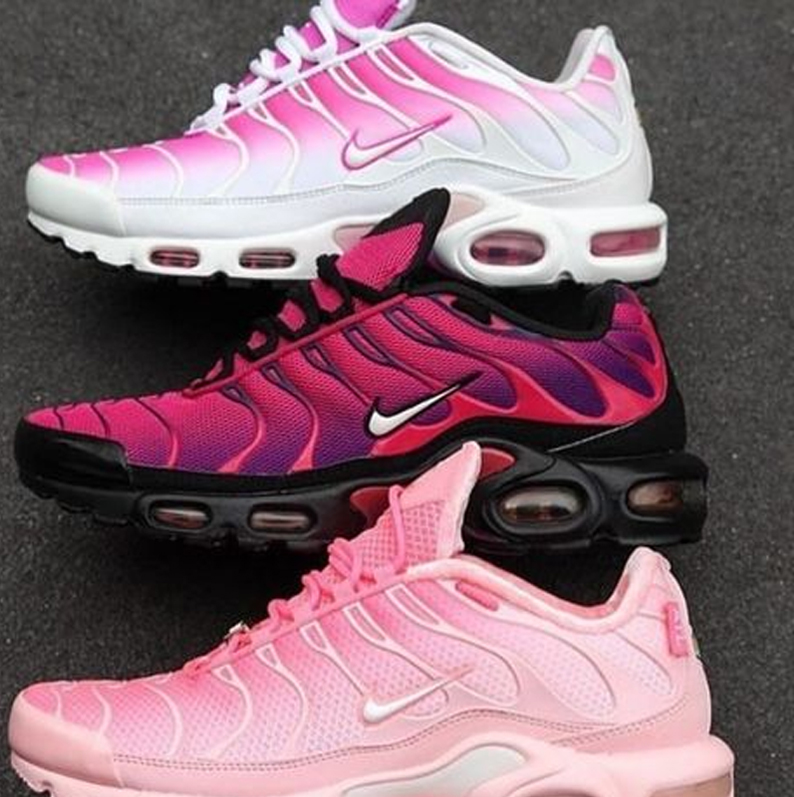Ready to stir up success in the culinary world? This comprehensive guide to private label kitchenware is your recipe for triumph! We’ll dive into the simmering pot of kitchenware manufacturing, exploring everything from material options to culinary trends. Whether you’re a budding entrepreneur or an established brand looking to expand, this article will equip you with the knowledge to create kitchenware that not only meets but exceeds your target audience’s expectations. So, grab your apron and let’s get cooking!
Key Ingredients for Private Label Kitchenware Success
- Understanding the kitchenware market and manufacturers
- Choosing the right materials and product range
- Identifying and catering to your target audience
- Ensuring quality and durability
- Crafting a compelling brand story
- Innovating in design and packaging
- Staying ahead of culinary trends
Who Are the Top Kitchenware Manufacturers and What Do They Offer?
The world of kitchenware manufacturing is vast and varied, with players ranging from small artisanal workshops to large-scale industrial producers. Some of the top kitchenware manufacturers are known for their innovative non-stick technologies, while others specialize in eco-friendly materials.
For instance, companies like All-Clad and Le Creuset have made names for themselves with high-quality, durable cookware. On the other hand, manufacturers like Oxo and Joseph Joseph focus on ergonomic designs and innovative kitchen tools. When choosing a manufacturer for your private label kitchenware, consider factors such as:
- Production capacity
- Quality control processes
- Range of materials and finishes
- Design capabilities
- Certifications and compliance with international standards
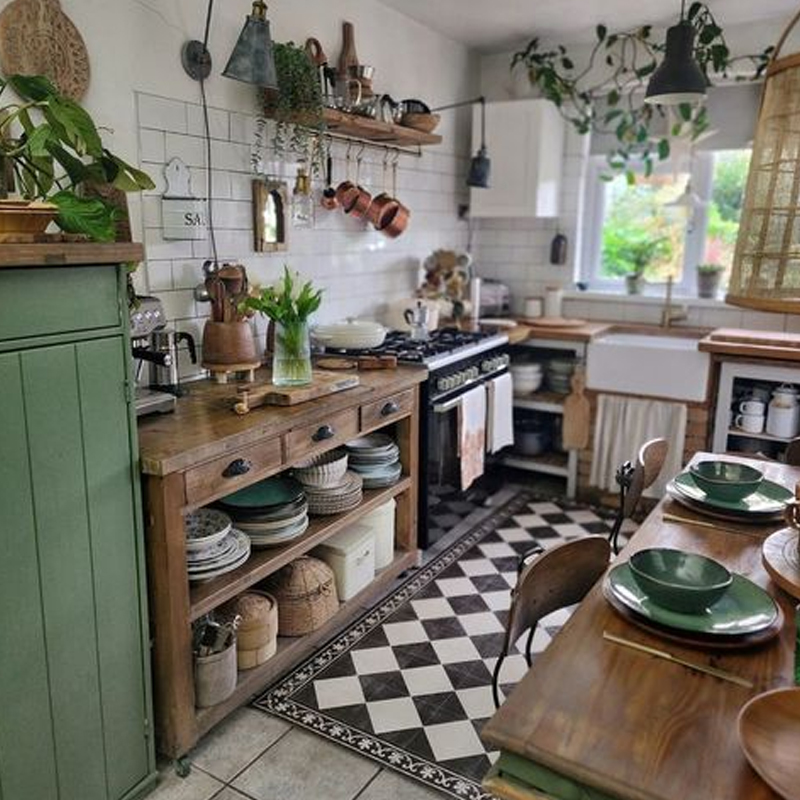
Your Private Label Kitchenware Guide (1)
What Material Options Should You Consider for Your Kitchenware Line?
The material you choose for your kitchenware can make or break your product line. Each material has its unique properties, affecting everything from heat conductivity to durability and aesthetics. Here’s a quick rundown of popular material options:
| Material | Pros | Cons |
|---|---|---|
| Stainless Steel | Durable, non-reactive, easy to clean | Can be expensive, not the best heat conductor |
| Cast Iron | Excellent heat retention, long-lasting | Heavy, requires seasoning |
| Aluminum | Lightweight, excellent heat conductor | Can react with acidic foods |
| Copper | Superior heat conductivity, beautiful appearance | Expensive, requires maintenance |
| Silicone | Non-stick, heat-resistant, flexible | Not suitable for high-heat cooking |
When selecting materials, consider not only performance but also eco-friendly options. Many consumers today are looking for sustainable kitchenware, so materials like bamboo or recycled plastics could be worth exploring.
How to Determine the Right Product Range for Your Target Audience?
Understanding your target audience is crucial in developing a successful kitchenware line. Are you targeting professional chefs, home cooking enthusiasts, or budget-conscious consumers? Each group has different needs and preferences.
For instance, professional chefs might prioritize professional-grade options with superior heat distribution and durability. Home cooking enthusiasts might be more interested in space-saving designs and versatile pieces. Budget-conscious consumers might look for affordable, multi-functional items.
To determine the right product range:
- Conduct market research to understand your target audience’s needs and preferences
- Analyze competitors’ offerings and identify gaps in the market
- Consider current culinary trends and how they might influence product choices
- Gather customer feedback through surveys or focus groups
- Start with a core range of essential items and expand based on demand
What Quality Assurance Measures Should You Implement?
Quality assurance is paramount in the kitchenware industry. Poor quality products can not only damage your brand reputation but also pose safety risks to consumers. Here are some key quality assurance measures to consider:
- Durability testing: Subject your products to rigorous tests simulating real-world use
- Material testing: Ensure materials meet food safety standards and perform as expected
- Heat resistance checks: Verify that products can withstand intended cooking temperatures
- Chemical testing: Check for harmful substances, especially in non-stick coatings
- Functional testing: Ensure products perform their intended functions effectively
Consider partnering with third-party testing laboratories to validate your quality assurance processes. This can add credibility to your brand and provide peace of mind to your customers.

How Can You Create a Compelling Brand Story for Your Kitchenware Line?
Brand storytelling is a powerful tool in the kitchenware industry. It helps create an emotional connection with your customers and differentiates your products in a crowded market. Here are some tips for crafting a compelling brand story:
- Identify your unique selling proposition: What makes your kitchenware special?
- Share your brand’s origin story: How and why did you start your kitchenware line?
- Highlight your values: Are you committed to sustainability, innovation, or culinary excellence?
- Showcase the people behind the brand: Introduce your team or the artisans who craft your products
- Use visuals: Incorporate appealing product photography and videos in your storytelling
Consider collaborating with celebrity chefs or influencers who align with your brand values. Their endorsement can lend credibility to your story and expand your reach.
“A great brand story makes your kitchenware more than just tools – it makes them part of your customers’ culinary journey.”
What Packaging Innovations Can Set Your Kitchenware Apart?
Packaging innovation can significantly enhance the appeal of your kitchenware and provide added value to customers. Here are some ideas to consider:
- Eco-friendly packaging: Use recyclable or biodegradable materials to appeal to environmentally conscious consumers
- Multi-functional packaging: Design boxes that can be repurposed for storage or other uses
- Interactive packaging: Include QR codes linking to recipe videos or care instructions
- Gift set packaging: Create attractive bundles for special occasions or holidays
- Customizable packaging: Offer personalization options for gifts
Remember, your packaging is often the first physical interaction a customer has with your product. Make it count!
How Can Ergonomic Design Enhance Your Kitchenware’s Appeal?
Ergonomic design is increasingly important in kitchenware, as consumers look for products that are not only functional but also comfortable to use. Here are some aspects to consider:
- Handle design: Ensure handles are comfortable to grip and well-balanced
- Weight distribution: Optimize weight for ease of use, especially for larger items
- Non-slip surfaces: Incorporate where appropriate for safety and ease of use
- Stackability: Design products to nest or stack for easy storage
- Versatility: Create multi-functional pieces to save space and increase value
Consider partnering with industrial designers or ergonomics experts to refine your product designs. User testing can also provide valuable insights into the comfort and usability of your kitchenware.

What Culinary Trends Should Inform Your Kitchenware Development?
Staying abreast of culinary trends is crucial for keeping your kitchenware line relevant and appealing. Here are some current trends to consider:
- Plant-based cooking: Tools designed for preparing and cooking vegetables
- Global cuisines: Specialized tools for preparing international dishes
- Smart kitchenware: Products with tech integration for precision cooking
- Sustainable cooking: Energy-efficient designs and eco-friendly materials
- Minimalist aesthetics: Clean, simple designs that complement modern kitchens
To stay ahead of trends, consider:
- Attending culinary trade shows and conferences
- Following food bloggers and influencers
- Partnering with cooking schools for insights and feedback
- Analyzing sales data to identify emerging patterns
- Creating seasonal collections to tap into cyclical trends
How to Leverage E-commerce and Social Media for Your Kitchenware Brand?
In today’s digital age, a strong online presence is crucial for any kitchenware brand. Here are some strategies to consider:
- E-commerce integration: Ensure your website is optimized for online sales with features like:
- High-quality product images and videos
- Detailed product descriptions and specifications
- Easy navigation and search functionality
- Secure payment options
- Efficient inventory tracking system
- Social media campaigns: Utilize platforms like Instagram, Pinterest, and YouTube to showcase your products:
- Share cooking tips and recipes using your kitchenware
- Collaborate with food influencers for product demonstrations
- Run contests and giveaways to engage your audience
- Use user-generated content to build community
- Content marketing: Create valuable content to attract and retain customers:
- Develop a blog with cooking tips, recipes, and kitchenware care guides
- Create video tutorials showcasing your products in action
- Offer downloadable recipe content or e-books
Remember, the key is to not just sell products, but to create an engaging brand experience that keeps customers coming back.
Why Consider Chinese Factories for Your Kitchenware Manufacturing Needs?
When it comes to kitchenware manufacturing, Chinese factories offer several advantages that can help you cook up success for your private label brand:
- Cost-effective production, allowing for competitive pricing
- Wide range of manufacturing capabilities and material options
- Ability to handle large-scale production for growing brands
- Expertise in various non-stick technologies and finishing processes
- Flexibility in customization and design modifications
However, navigating the world of Chinese manufacturing can be complex. That’s where we at BuyFromChinaDirect come in. We specialize in connecting businesses with reliable Chinese manufacturers, ensuring you get quality products at competitive prices. Our expertise in the kitchenware industry allows us to source smartly for you, making sure your private label kitchenware line sizzles with success.
Ready to take your kitchenware brand to the next level? Contact BuyFromChinaDirect today, and let’s cook up a recipe for success together!

